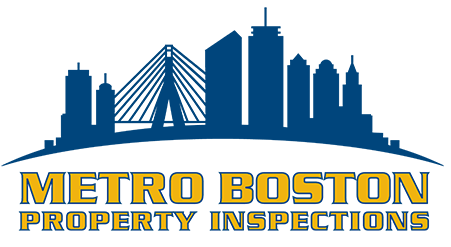What is readily accessible and safe access for a home inspector?
Readily accessible and safe access for a home inspector refers to the ability to enter and inspect all accessible areas of a property without endangering themselves or causing damage to the property. Safe access is essential for a thorough and comprehensive home inspection. Here are some key points from the Massachusetts Standard of Practice 266 CMR
Access: The Client shall provide Safe Access and Sufficient Lighting to ensure that all systems and areas to be inspected under this standard are Readily Accessible and Observable.
Readily Accessible: 266 CMR 2.0 defines readily accessible as capable of being reached quickly for visual inspection without requiring the Inspector to climb over or remove any personal property, to dismantle, to use destructive measures, to resort to portable ladders and/or any action which will likely involve risk to persons or property. 266 CMR 6.05 adds Inspectors shall not be required to inspect spaces that are not readily accessible and observable, enter any area or perform any procedure, which may damage the property or its components, or be dangerous and unsafe to the inspector or other persons, as determined by and reported by the inspector
Safe Access: 266 CMR 2.0 defines safe access as Access free of any encumbrances, hazardous materials, health and Safety Hazards such as climbing and/or standing on anything other than the ground and/or floor which may jeopardize the Inspector as determined by the Inspector.
In situations where a system or component is not readily accessible or does not have safe access the inspector shall record the existence of obstructions and/or conditions that prevented the inspection of the installed systems and components.
Here are some key aspects of safe access for a home inspector:
- Permission: The home inspector should obtain proper permission from the homeowner or the homeowner’s representative before conducting the inspection.
- Accessibility: The inspector must have access to all areas of the property that need inspection, including attics, crawl spaces, basements, and other restricted areas. The client should ensure the seller or the seller’s representative clears up any obstructions that might hinder access to these areas.
- Safety equipment: Depending on the property’s features, the inspector may need personal protective equipment (PPE), such as gloves, a respirator, or a hard hat, to ensure their safety while accessing certain areas.
- Ladders and tools: The home inspector should use appropriate and sturdy ladders or other tools to reach elevated areas safely. Ladders should only be used if, in the inspector’s opinion the use of a ladder poses no risk of harm or injury to the inspector or the property.
- Electrical safety: When inspecting electrical components, the inspector should take necessary precautions to avoid electric shocks, such as turning off power when needed or wearing rubber-soled shoes.
- Structural integrity: If the home has potential structural issues, the inspector should exercise caution and refrain from actions that could worsen the problem or cause harm.
- Hazardous materials: If there are suspected hazardous materials on the property, such as asbestos, lead-based paint, or mold, the inspector should observe them in compliance with relevant safety regulations and to ensure the materials are not damaged.
- Pets and animals: The homeowner should secure pets and animals to prevent any accidents or distractions during the inspection. The homeowner should also clean the yard of any animal waste to ensure no accidental tracking into the home occurs.
- Weather conditions: In certain weather conditions (e.g., heavy rain, storms, extreme cold or heat), the inspector may need to postpone the inspection for safety reasons.
It’s crucial for the home inspector to prioritize their safety while conducting inspections. If a specific area of the property poses a significant risk or is not accessible due to obstructions or safety concerns, the inspector should document this limitation in the inspection report and recommend further evaluation by specialized professionals.






